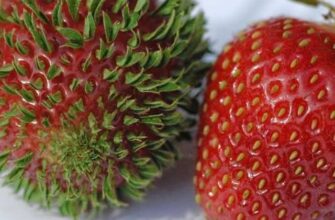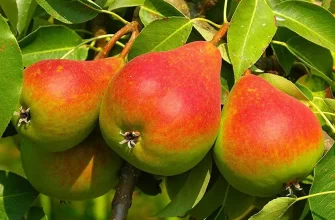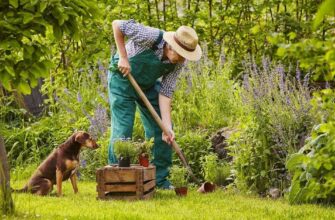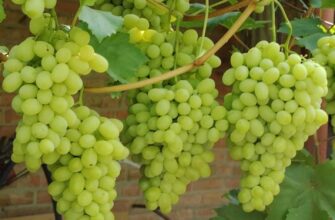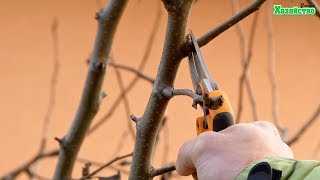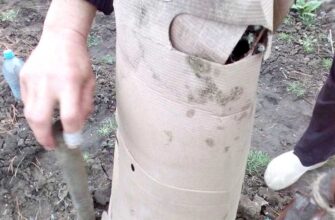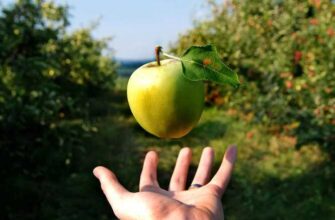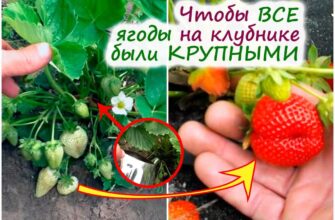- Почему возникают болезни винограда?
- Как лечить болезни винограда?
- 1. Профилактические меры
- 2. Биологический контроль
- 3. Использование химических препаратов
- 4. Правильный полив и удобрение
- Эффективные средства для защиты от болезней винограда
- Мучнистая роса: симптомы, причины и лечение
- Пероноспороз: причины и способы борьбы
- Бактериальные болезни винограда: симптомы и методы лечения
- Симптомы бактериальных болезней винограда
- Черная гниль: как избежать и лечить?
- Защита от черной гнили
- Лечение черной гнили
- Борьба с вредителями
- Серая плесень: причины и способы борьбы
- Железистая болезнь винограда: симптомы и методы лечения
- Оидиум: причины и эффективные средства борьбы
- Вредители винограда: как защитить свои виноградники?
- Уход за виноградом
- Защита от вредителей
- Пчелы и виноград: важность опыления и методы привлечения пчел
- Вопрос-ответ:
- Какие болезни чаще всего поражают виноград?
- Как определить, что виноград заболел?
- Как лечить болезни винограда?
- Как предотвратить заболевания винограда?
- Можно ли лечить болезни винограда экологически чистыми средствами?
- Видео:
- И это не болезнь. Почему иногда пропадают целые грозди винограда? Гнили и ожоги ягод.
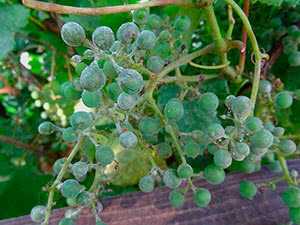
Виноград — это ценное растение, которое выращивается не только для получения вкусных и ароматных ягод, но и для производства вина. Однако, как и любое другое растение, виноград подвержен различным болезням и вредителям. Болезни винограда могут нанести значительный ущерб урожаю, поэтому важно знать их причины, способы лечения и меры защиты.
Одной из наиболее распространенных болезней винограда является мучнистая роса. Эта грибковая инфекция поражает листья, побеги и кисти винограда. Чтобы избежать поражения мучнистой росой, необходимо следить за состоянием растения, проводить регулярную обрезку и удаление пораженных частей. В случае возникновения болезни, рекомендуется обрабатывать растение специальными препаратами.
Еще одной опасной болезнью винограда является серая гниль. Она вызвана грибком, который поражает ягоды и может привести к их гниению. Чтобы предотвратить серую гниль, необходимо соблюдать правила ухода за виноградом: регулярно пропалывать сорняки, обрезать лишние побеги, подкармливать растение и осуществлять своевременную обработку препаратами от грибковых инфекций.
Кроме болезней, виноград подвержен нападениям различных вредителей. Один из них — виноградная галка. Это насекомое питается листьями и побегами винограда, что приводит к ослаблению и снижению урожая. Для борьбы с виноградной галкой необходимо использовать специальные инсектициды и проводить обработку растения в определенные периоды.
В целом, качество ухода за виноградом, правильная обрезка и своевременная обработка препаратами от болезней и вредителей являются основными мерами защиты растения. Также рекомендуется регулярно осматривать виноградные кусты, чтобы своевременно выявить возможные проблемы и принять меры по их устранению. Заботливый уход и профилактические меры помогут сохранить здоровье винограда и получить более обильный урожай.
Почему возникают болезни винограда?
Болезни винограда могут возникать по разным причинам. Одной из основных причин является инфекция, которая может быть вызвана различными патогенными микроорганизмами, такими как грибки или бактерии. Инфекция может проникнуть в растение через поврежденные участки кожи или через открытые раны. Важно своевременно обнаружить признаки инфекции и приступить к лечению.
Для лечения болезней винограда можно использовать различные методы. Важно выбрать подходящий способ в зависимости от вида и степени развития болезни. Лечение может включать применение специальных препаратов, обработку растения инсектицидами или фунгицидами. При этом необходимо учитывать рекомендации и дозировку, указанные на упаковке препарата.
Защита винограда от болезней и вредителей также играет важную роль в сохранении здоровья растения. Для этого можно применять различные методы, такие как использование сортов винограда, устойчивых к определенным заболеваниям, проведение предварительной обработки почвы, правильный уход за растением. Также полезно создать оптимальные условия для роста винограда, например, использовать парник для защиты от неблагоприятных погодных условий и вредителей.
Как лечить болезни винограда?
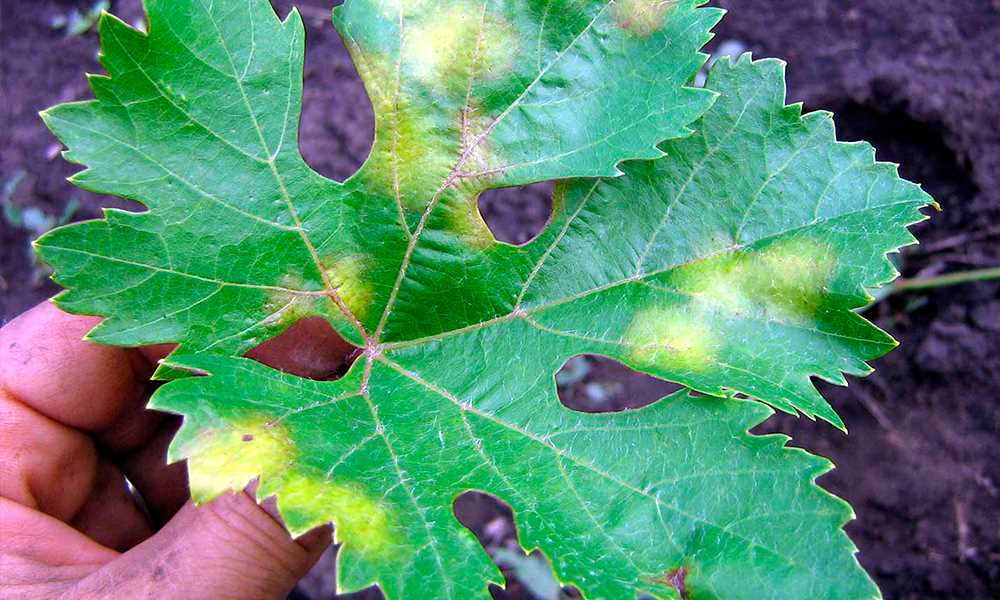
Забота о винограде требует постоянного ухода и внимания. Одной из основных проблем для растения являются вредители и инфекции. Для эффективного лечения и защиты от этих проблем можно использовать несколько методов.
1. Профилактические меры
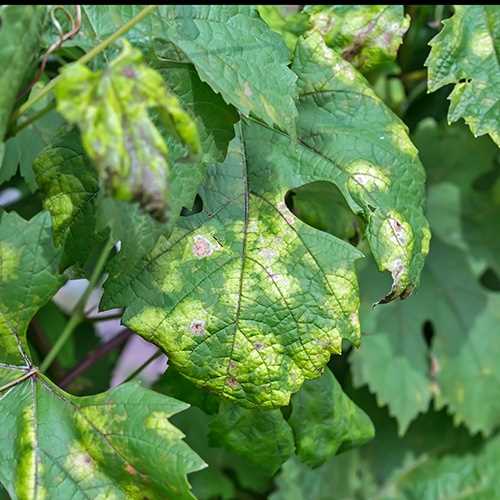
Первым шагом в лечении болезней винограда является предотвращение их появления. Регулярно осматривайте растение, удаляйте пожелтевшие и больные листья, а также удалите сорняки и сухие ветви. Обеспечьте достаточную вентиляцию и солнечное освещение для винограда.
2. Биологический контроль
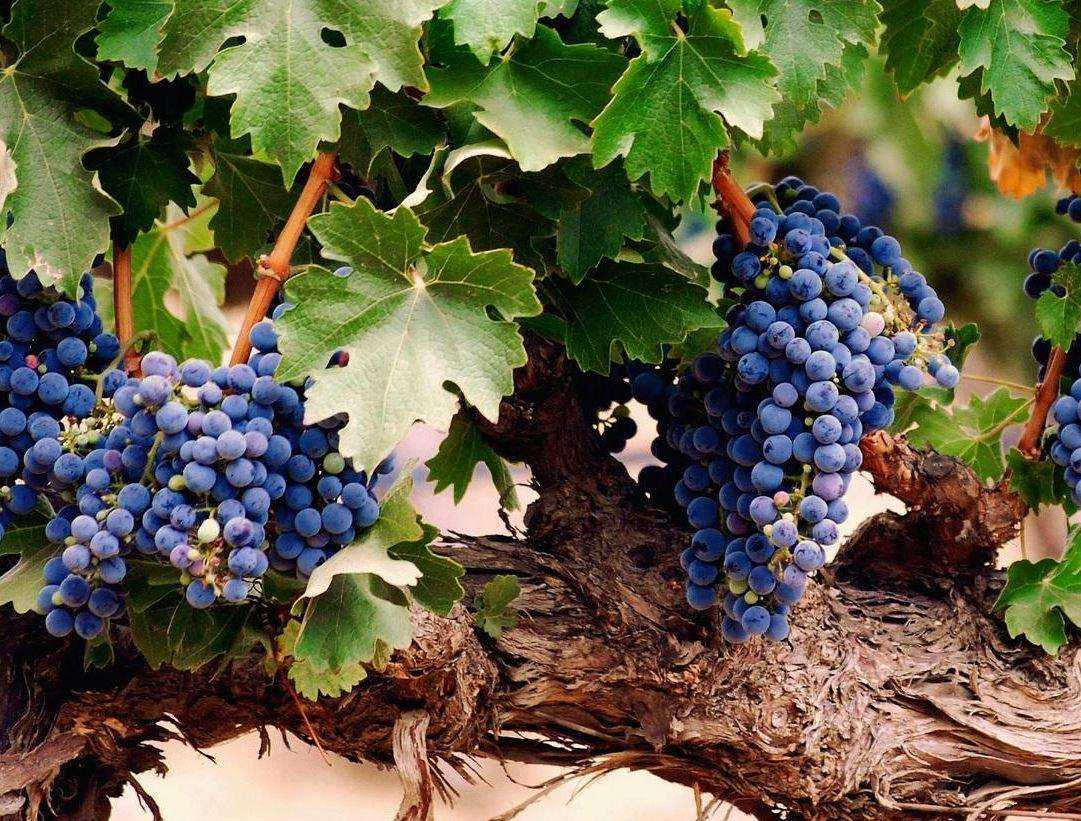
Используйте полезных насекомых для борьбы с вредителями. Например, в парниках можно разводить мирмекофаговых клещей, которые питаются вредителями винограда. Также можно привлечь хищных насекомых, таких как ледяные богомолы и весенние жуковки.
3. Использование химических препаратов
В некоторых случаях может потребоваться применение химических препаратов для борьбы с болезнями винограда. Перед использованием обязательно ознакомьтесь с инструкцией и соблюдайте рекомендации по безопасности. Некоторые популярные препараты включают фунгициды и инсектициды.
4. Правильный полив и удобрение

Регулярный и правильный полив помогает предотвратить развитие болезней, особенно гнили и плесени. Удобрение винограда специальными удобрениями помогает укрепить растение и повысить его устойчивость к болезням и вредителям.
Важно помнить, что разные болезни винограда могут требовать различных методов лечения и защиты. Постоянно следите за состоянием растения и принимайте меры при первых признаках заболевания или наличии вредителей.
Эффективные средства для защиты от болезней винограда
Уход за виноградом требует постоянного внимания и защиты от различных болезней и вредителей. Инфекция может поразить растение как на открытом грунте, так и в парнике, поэтому необходимо принимать меры по предотвращению возникновения заболеваний.
Одним из основных методов защиты является превентивное лечение. Для этого можно использовать специальные препараты, содержащие фунгициды, которые эффективно борются с грибковыми инфекциями. Также можно применять биологические препараты, которые не наносят вреда окружающей среде и полезным насекомым.
Наиболее распространенными болезнями винограда являются мучнистая роса, черная гниль и бактериоз. Лечение этих заболеваний требует комплексного подхода, включающего обработку растений препаратами, удаление пораженных частей растения и соблюдение особых рекомендаций по уходу.
Кроме применения специальных препаратов, особое внимание следует уделять профилактике. Регулярный осмотр растений позволяет выявить возможные признаки поражения болезнями или наличие вредителей. В случае обнаружения заболевания или насекомого-вредителя, следует сразу принимать меры по его уничтожению.
Также для защиты от болезней и вредителей можно использовать специальные укрытия, такие как накрытия из нетканого материала или агроволокна. Они обеспечивают дополнительную защиту от холода, ветра и осадков, а также предотвращают проникновение насекомых и грибковых инфекций.
Важно помнить, что заболевания и вредители могут оказать серьезное влияние на урожай и здоровье растений. Поэтому регулярный уход за виноградом, использование эффективных средств защиты и своевременное лечение являются неотъемлемой частью успешного выращивания этого культурного растения.
Мучнистая роса: симптомы, причины и лечение
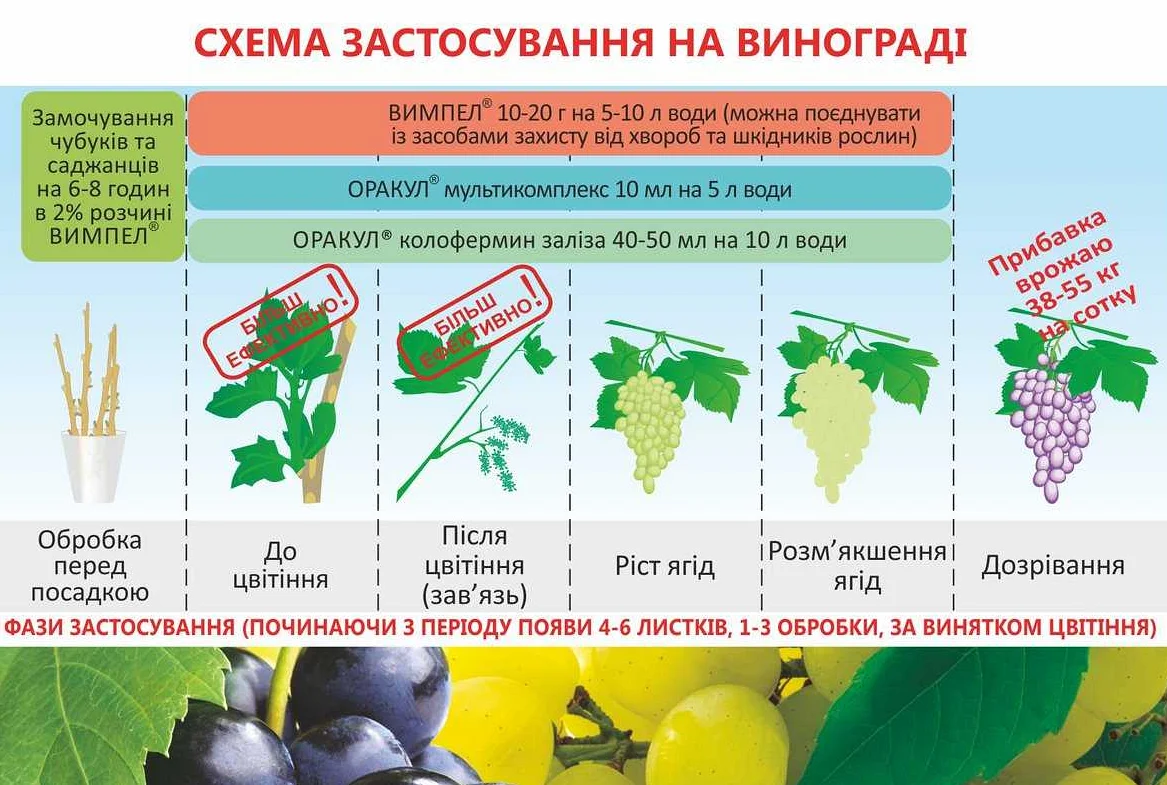
Мучнистая роса — это одно из наиболее распространенных заболеваний винограда. Она вызывается грибком, который поражает растение и может серьезно навредить его урожаю. Главным симптомом этого заболевания является появление на листьях и стеблях винограда белой, пушкообразной налета, напоминающей мучнистую росу.
Причинами развития мучнистой росы могут быть как климатические условия, так и неверное хранение и уход за растением. Высокая влажность, плохая вентиляция и недостаток солнечного света — все это способствует развитию инфекции. Также, вредителями могут выступать различные насекомые, такие как тлеющие и мучнистые червецы, которые переносят грибковую инфекцию с одного растения на другое.
Лечение мучнистой росы требует комплексного подхода. В первую очередь, необходимо уничтожить грибок и предотвратить его распространение. Для этого можно использовать специальные препараты, содержащие фунгициды. Также, необходимо обеспечить растению хорошие условия для роста и развития. Регулярное проветривание парника, поддержание оптимальной влажности и освещенности помогут укрепить растение и предотвратить развитие болезни.
В целях защиты винограда от мучнистой росы рекомендуется проводить регулярные обработки растений специальными препаратами, содержащими фунгициды. Также, полезно удалить пораженные части растения, чтобы предотвратить распространение инфекции. Важно также обратить внимание на состояние почвы и обеспечить растению необходимые питательные вещества.
Пероноспороз: причины и способы борьбы
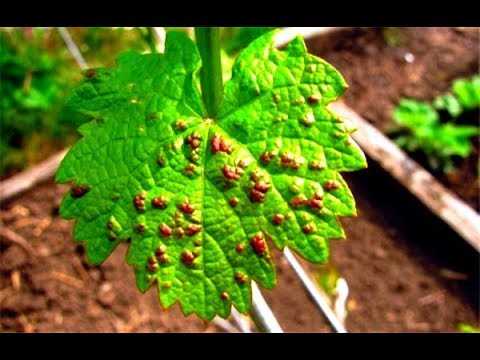
Пероноспороз — одна из наиболее распространенных болезней винограда, вызываемая грибком пероноспора. Эта болезнь может нанести значительный ущерб растению, снизить его урожайность и качество плодов.
Причиной появления пероноспороза чаще всего является несоблюдение правил ухода за виноградом. Грибок пероноспора размножается в условиях повышенной влажности, поэтому особенно часто болезнь поражает виноград в парниках или теплицах.
Для защиты винограда от пероноспороза необходимы систематические меры по предупреждению и лечению. Важно проводить регулярные обработки растений специальными препаратами, которые предотвращают размножение грибка. Одним из эффективных способов борьбы является применение препаратов на основе меди. Они имеют высокую степень защиты и обладают кратковременным действием.
Дополнительно следует обратить внимание на регулярное удаление пораженных листьев и отходов растений. Это помогает уменьшить количества спор грибка, способствует снижению вероятности повторного заражения и способствует улучшению общего состояния винограда.
Бактериальные болезни винограда: симптомы и методы лечения
Бактериальные болезни винограда являются серьезной проблемой для этого культурного растения. Они вызывают значительный ущерб урожаю и могут привести к полной гибели растения. Болезни, вызванные бактериями, передаются инфекцией от больных растений к здоровым.
Симптомы бактериальных болезней винограда
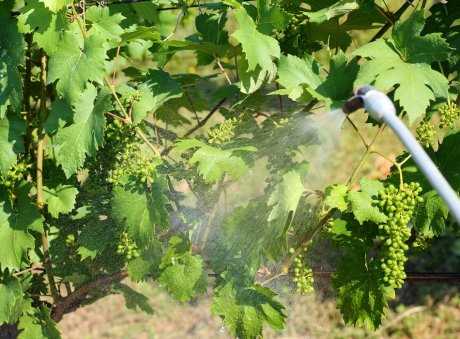
Бактериальные инфекции винограда проявляются различными симптомами. Они могут включать в себя появление коричневых пятен на листьях, плодах и стеблях, повышенную утомляемость растения, увядание листьев и плодов, а также ухудшение качества урожая.
Так стоп!!! Вы всё ещё не подписаны на наши каналы в Телеграмм и Дзен? Посмотрите: ТГ - (@historyfantasydetectivechat) и Дзен (https://dzen.ru/myshortsstorys)
Методы лечения бактериальных болезней винограда
Лечение бактериальных болезней винограда включает комбинацию профилактических мер и применение химических средств защиты. Важно знать, что в случае обнаружения бактериальной инфекции необходимо немедленно принять меры, чтобы предотвратить ее распространение на другие растения.
- Профилактические меры: регулярный осмотр растений, удаление пораженных частей растения, обработка инфицированных растений антисептическими растворами.
- Химические средства защиты: применение специальных фунгицидов и бактерицидов для обработки растений.
Важно помнить, что бактериальные болезни винограда могут легко распространяться, особенно в условиях парников и теплиц, поэтому необходимо уделять особое внимание защите и уходу за растениями, чтобы предотвратить их поражение.
Черная гниль: как избежать и лечить?
Черная гниль является одной из самых опасных болезней винограда, которая может привести к значительным убыткам. Она вызывается грибком, который ведет к гибели растения и его плодов. Парник является идеальным местом для развития этой инфекции, поэтому необходимо принять меры по защите винограда.
Защита от черной гнили
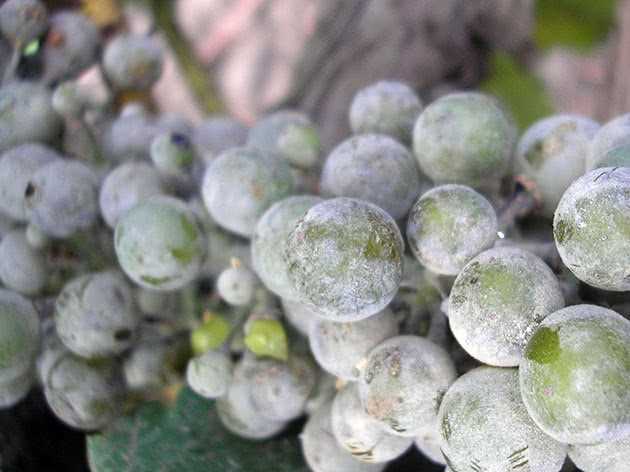
Для предотвращения возникновения черной гнили необходимо обеспечить хорошую вентиляцию в парнике, чтобы уменьшить влажность и повысить циркуляцию воздуха. Заболевание может развиться при высокой влажности и тепле, поэтому регулярное проветривание и удаление лишних веток и листьев помогут снизить риск заражения.
Лечение черной гнили
Если виноград уже заражен черной гнилью, необходимо принять меры по лечению. Одним из способов борьбы с этим заболеванием является применение специальных фунгицидов, которые помогут уничтожить грибок. Также рекомендуется удалить зараженные части растения и уничтожить их, чтобы предотвратить распространение инфекции. Регулярное обработка растения специальными препаратами поможет предотвратить повторное заражение.
Борьба с вредителями
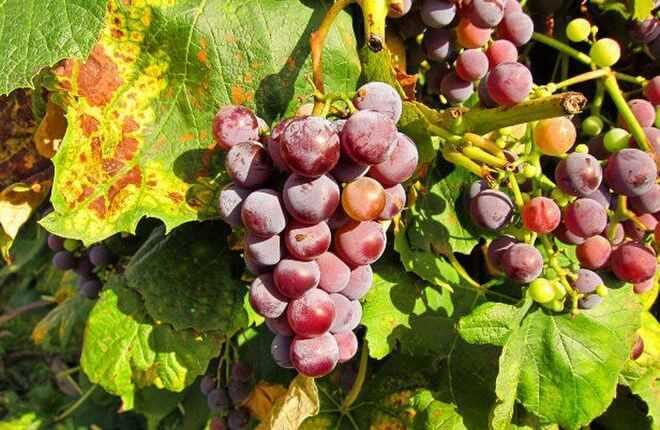
Помимо черной гнили, виноград также подвержен атакам различных вредителей, которые могут нанести значительный ущерб растению и урожаю. Для борьбы с вредителями можно использовать различные методы, включая применение инсектицидов, проведение профилактических обработок и установку ловушек. Регулярное наблюдение за растением поможет своевременно выявить наличие вредителей и принять меры по их уничтожению.
Серая плесень: причины и способы борьбы
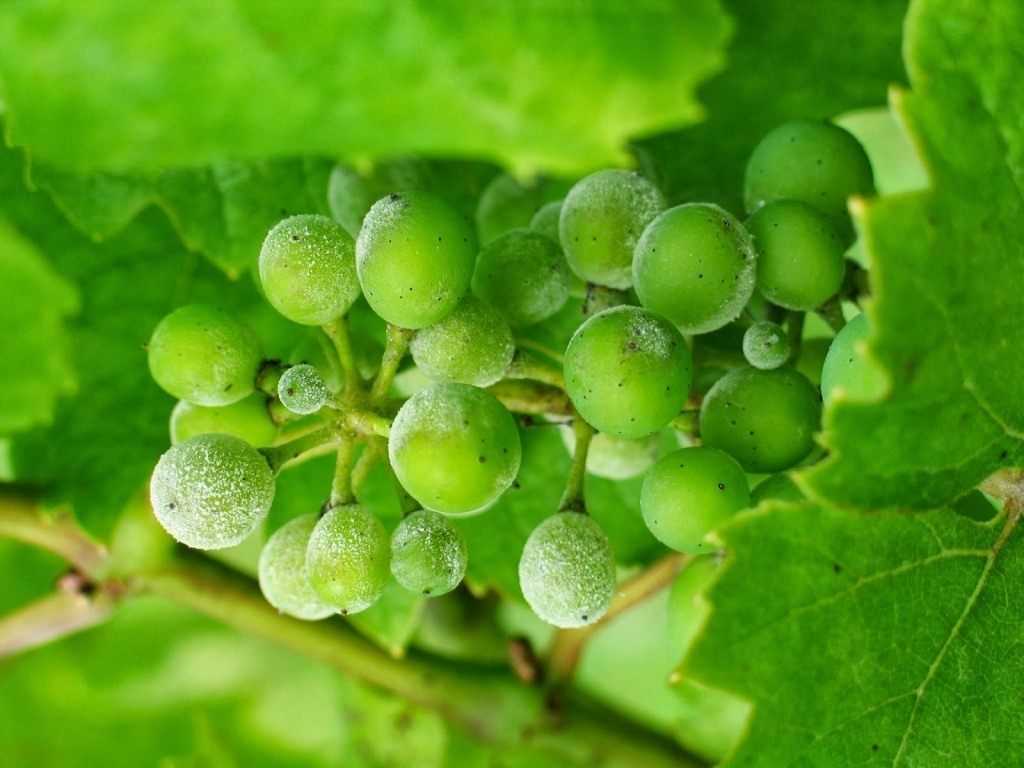
Серая плесень является одним из наиболее распространенных и опасных заболеваний винограда. Ее причиной является грибовидный паразит Botrytis cinerea, который поражает растение влажными и прохладными условиями.
Инфекция происходит через повреждения на кожице ягод винограда, а также через цветы, побеги и листья. На пораженных участках появляются серые или коричневые пятна, покрытые плотным грибковым налетом. Болезнь приводит к гниению ягод, ухудшению их качества и потере урожая.
Лечение серой плесени включает применение химических препаратов, таких как фунгициды. Однако, следует помнить, что многие грибки уже развили устойчивость к некоторым препаратам.
Важным аспектом в борьбе с серой плесенью является также профилактика и защита растений. Регулярное удаление пораженных участков винограда, поддержание оптимального уровня влажности и вентиляции виноградника, а также применение биологических препаратов способствуют предотвращению распространения болезни.
Железистая болезнь винограда: симптомы и методы лечения
Железистая болезнь винограда — это инфекционное заболевание, вызванное грибом. Оно может привести к серьезным повреждениям растения и снижению урожайности.
Симптомы железистой болезни винограда включают появление железистых пятен на листьях. Постепенно они становятся коричневыми и покрывают всю поверхность листа. Затем на листьях появляются черные пятна, которые выглядят как железистые налеты. Пострадавшие листья могут опасть, что приведет к ослаблению растения и ухудшению урожая.
Лечение железистой болезни винограда включает в себя применение специальных препаратов, содержащих фунгициды. Они помогают уничтожить гриб и предотвратить распространение инфекции. Важно проводить обработку растений во время первых признаков болезни и повторять ее через определенные интервалы.
Кроме того, для защиты от вредителей и болезней винограда нужен правильный уход за растением. Это включает регулярный полив, удаление пораженных листьев и веток, проведение подкормок и обрезку. Также рекомендуется обеспечить растению хорошую вентиляцию, особенно если оно выращивается в парнике.
Оидиум: причины и эффективные средства борьбы
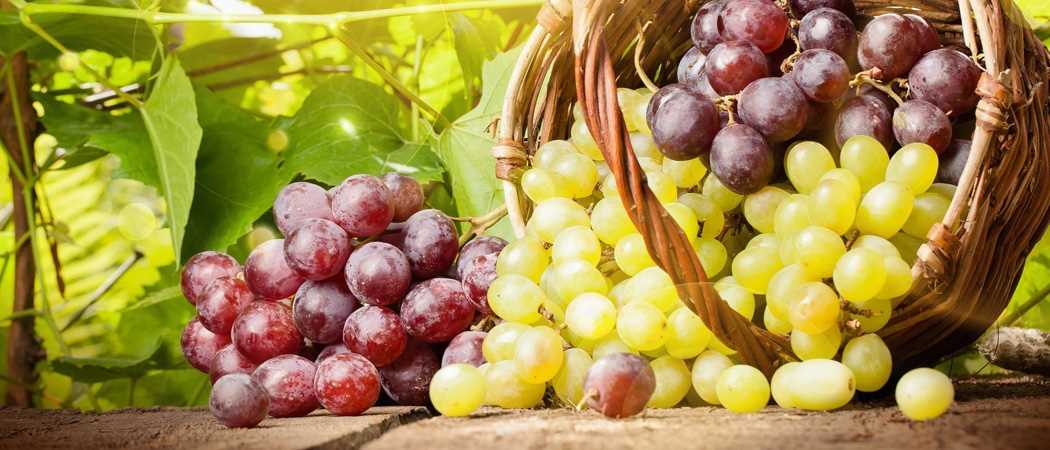
Оидиум – это одна из самых распространенных болезней винограда. Она вызывается грибком, который атакует листья, побеги и кластеры винограда. Причиной инфекции может быть неправильный уход за растением, а также неблагоприятные погодные условия, такие как высокая влажность и тепло.
При появлении оидиума на винограде необходимо принять меры по его лечению и защите. Во-первых, рекомендуется проводить регулярную обрезку и прополку виноградных лоз, чтобы предотвратить распространение инфекции. Важно также следить за состоянием почвы и поддерживать правильный уровень влажности.
Существует несколько эффективных средств борьбы с оидиумом. Одним из них является применение специальных фунгицидов, которые уничтожают грибок и предотвращают его дальнейшее развитие. Также можно использовать биологические препараты, которые не наносят вреда растению и окружающей среде.
Для защиты винограда от оидиума можно использовать парник, который создает оптимальные условия для роста и развития растения. В парнике поддерживается постоянная температура и влажность, что способствует более эффективному борьбе с вредителями и болезнями.
Вредители винограда: как защитить свои виноградники?
Защита винограда от вредителей является одной из важнейших задач виноградаря. Вредители могут нанести значительный ущерб растению, вызвать его гибель и уменьшить урожайность. Чтобы обеспечить здоровье и хороший урожай винограда, необходимо принять ряд мер по уходу за растением и предотвратить инфекцию болезнями.
Уход за виноградом
Основными мерами ухода за виноградом являются правильное поливание, обрезка и подкормка растения. Регулярное поливание помогает предотвратить пересыхание и обеспечивает необходимую влажность почвы. Обрезка позволяет удалить больные и поврежденные ветви, а также формировать правильную крону растения. Подкормка винограда специальными удобрениями обеспечивает его полноценное питание и укрепляет его иммунитет.
Защита от вредителей
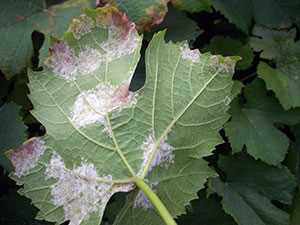
Для защиты винограда от вредителей можно применять различные методы. Одним из эффективных способов является использование специальных препаратов, которые уничтожают вредителей и предотвращают их размножение. Также можно использовать механические методы борьбы, например, установить специальные ловушки для насекомых или использовать сетки, чтобы защитить растение от птиц и других животных. Для защиты от болезней винограда рекомендуется проводить регулярные обработки растения специальными препаратами и следить за его состоянием.
Пчелы и виноград: важность опыления и методы привлечения пчел
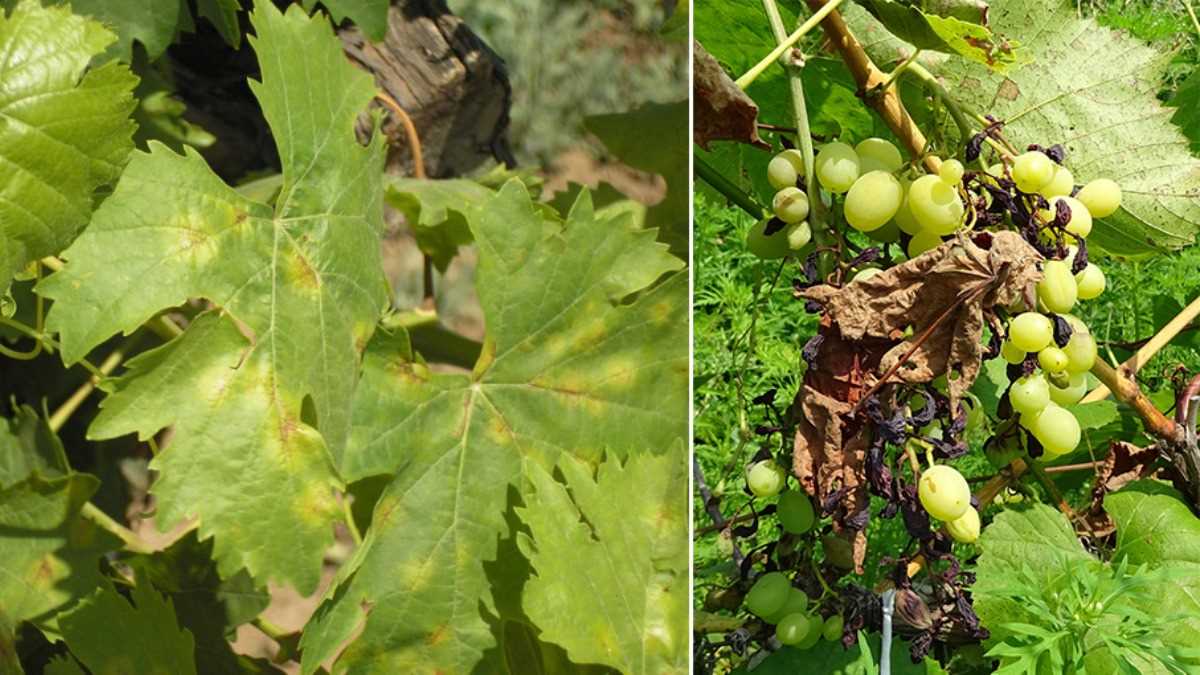
Уход за виноградом включает в себя не только борьбу с инфекциями и вредителями, но и обеспечение опыления растений. Пчелы играют важную роль в опылении винограда, помогая ему образовывать плоды высокого качества. Они переносят пыльцу с одного цветка на другой, способствуя опылению и образованию ягод.
Однако, в некоторых случаях, количество пчел на винограднике может быть недостаточным. В таких ситуациях, садоводы применяют различные методы для привлечения пчел. Одним из таких методов является установка пчелиных ульев непосредственно вблизи виноградника. Это позволяет пчелам эффективно опылять растения и повысить урожайность.
Кроме того, для привлечения пчел можно использовать растения-медоносы. Некоторые виды растений, такие как клевер, горчица и анютины глазки, привлекают пчел своим ароматом и цветом. Посадка таких растений вблизи виноградника создает благоприятные условия для привлечения пчел и улучшения опыления.
Защита пчел на винограднике также важна. Пчелы чувствительны к пестицидам и другим химическим веществам, которые используются для борьбы с болезнями и вредителями винограда. Поэтому необходимо выбирать безопасные для пчел способы борьбы с инфекциями и вредителями, а также проводить обработку растений в период, когда пчелы не активны, например, рано утром или поздно вечером.
Вопрос-ответ:
Какие болезни чаще всего поражают виноград?
Наиболее распространенными болезнями винограда являются мучнистая роса, черная гниль, серая гниль, антракноз и фомоз. Они могут причинить значительный ущерб урожаю и качеству ягод.
Как определить, что виноград заболел?
Признаками заболевания винограда могут быть пятна и покрытия на листьях, плодах или лозе, а также увядание и деформация растения. Если вы заметили подобные симптомы, скорее всего, ваш виноград нуждается в лечении.
Как лечить болезни винограда?
Лечение болезней винограда зависит от конкретного заболевания. Для каждой болезни существуют свои специфические препараты и методы борьбы. Важно знать, что самолечение может быть опасным, поэтому лучше обратиться к специалисту или садоводу для получения конкретных рекомендаций.
Как предотвратить заболевания винограда?
Чтобы предотвратить заболевания винограда, необходимо соблюдать ряд мер предосторожности. Важно обеспечить растению хорошую вентиляцию и освещение, регулярно подкармливать его, удалять поврежденные и больные части растения, а также использовать специальные препараты для защиты от болезней и вредителей.
Можно ли лечить болезни винограда экологически чистыми средствами?
Да, существуют экологически чистые средства для лечения и защиты винограда от болезней. Например, можно использовать настои лекарственных трав, биопрепараты на основе полезных микроорганизмов или натуральные минеральные препараты. Они эффективны и безопасны для человека и окружающей среды.

